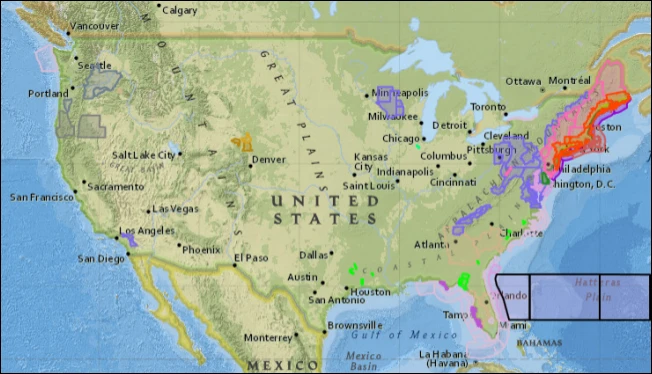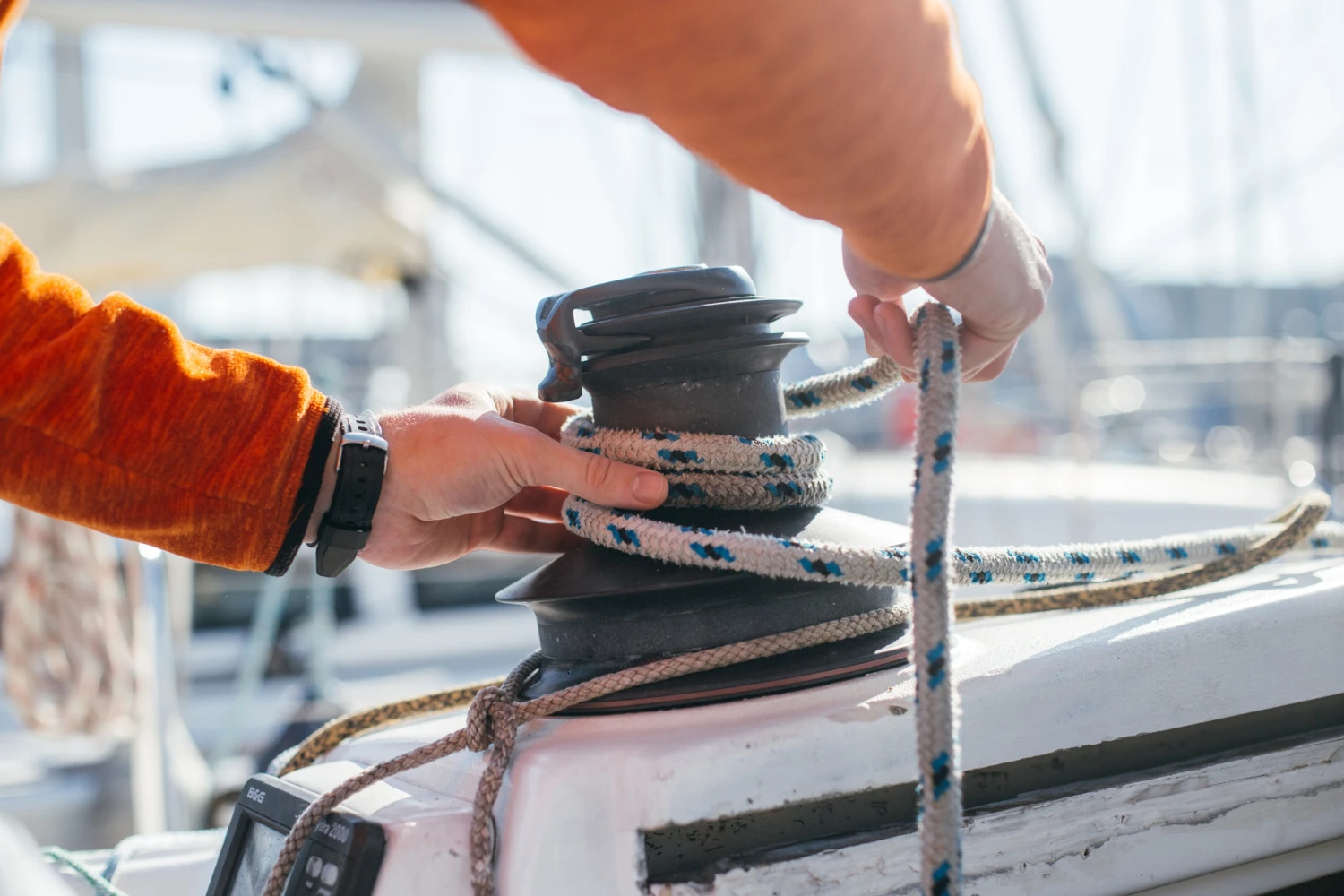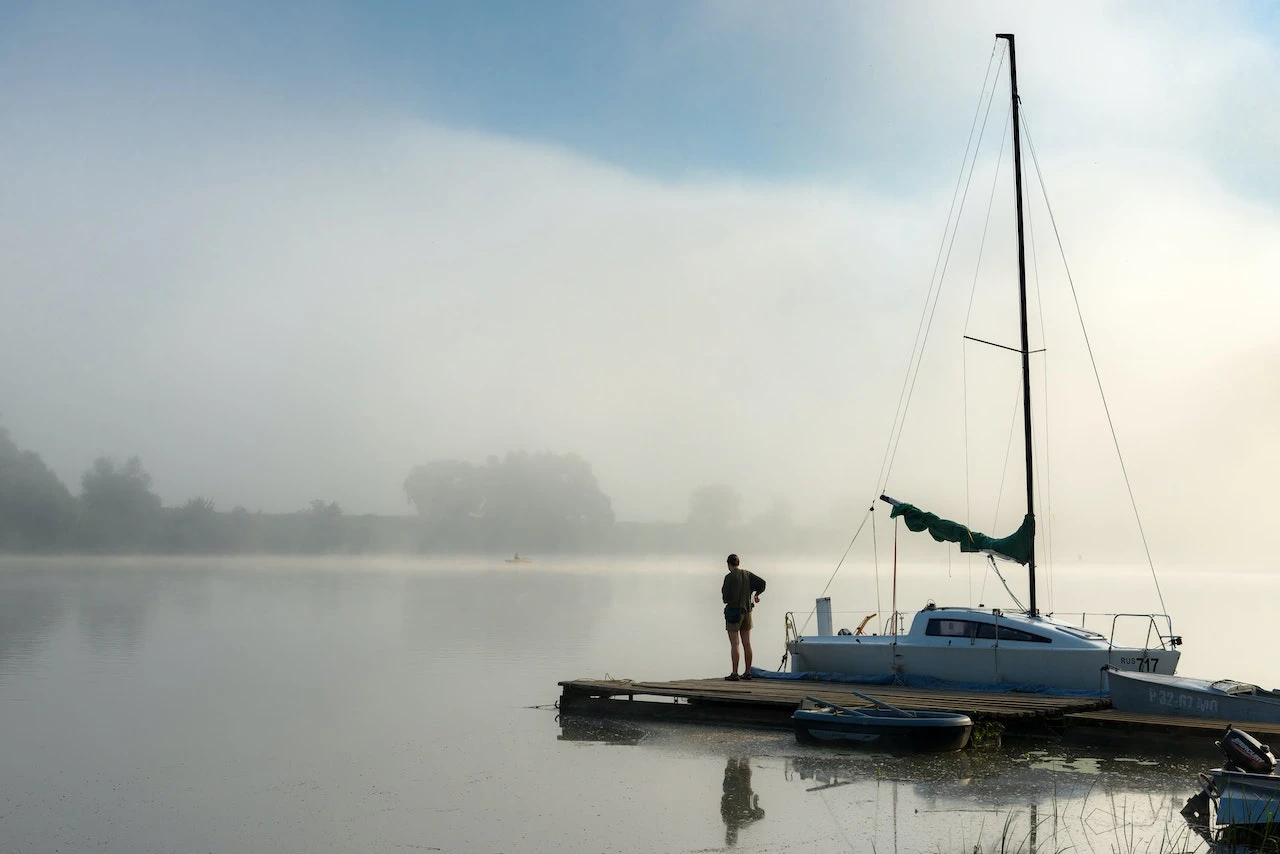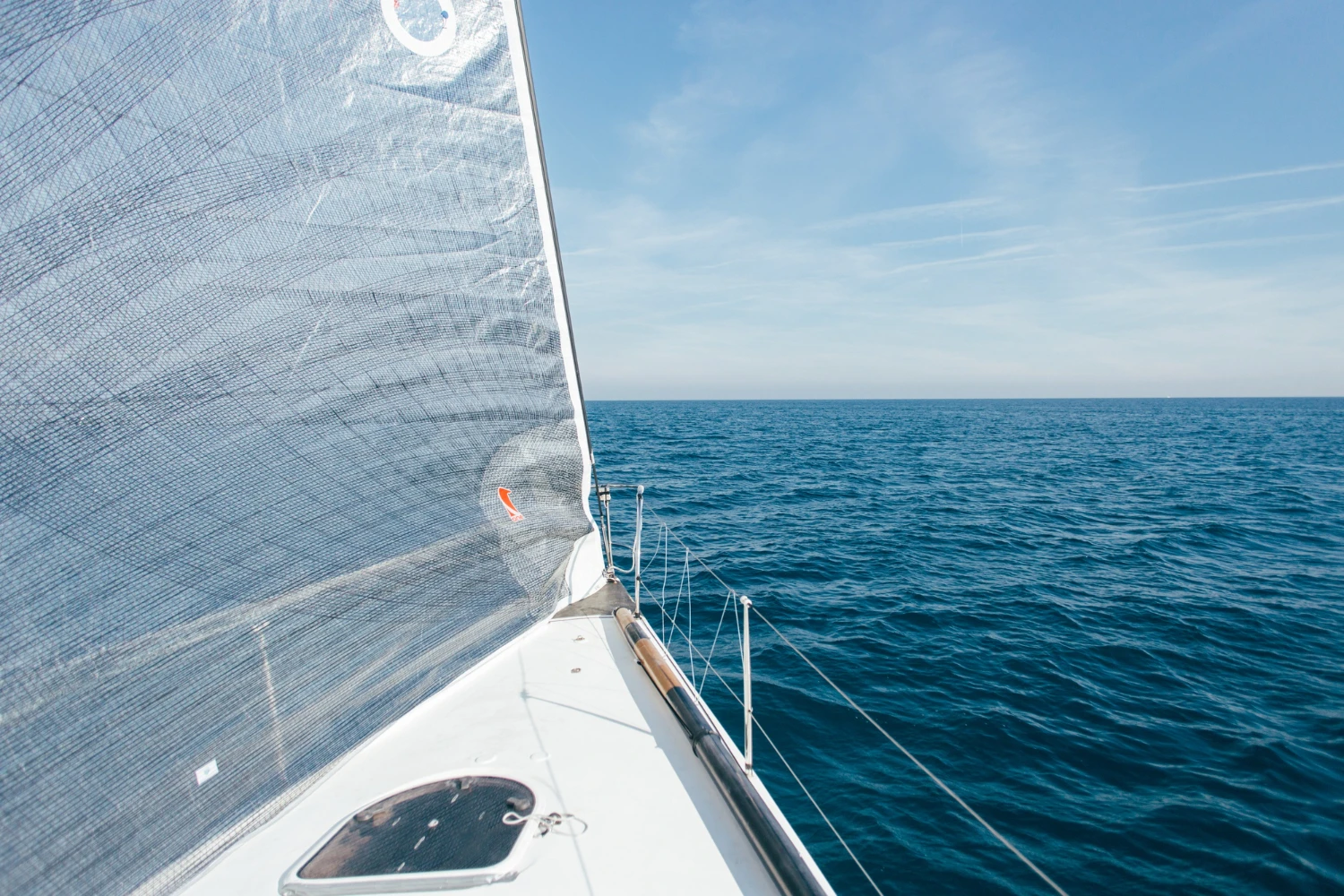The National Weather Service has partnered with the National Safe Boating Council to help promote safe boating practices. During Safe Boating Week, NWS will disseminate a Public Information Statement and broadcast public service announcements on NOAA Weather Radio All Hazards. Find out what you should do before you go out in the water and while you are out. Help us promote safe boating by download and reprinting our free graphics and logos. Think you know enough about boating under the influence of drugs or alcohol? Check our link and be sure. You will also find links to marine forecasts, portals, educational material and related resources. If you, or someone you know, have been in a weather-related boating accident, please share your story so we can prevent others from becoming a victim. When you write, please note that NWS has permission to use your story and, if possible, let us know the town and state you were in and the year the event took place.
Coastal and Offshore Warnings, Watches and Advisories
NWS issues various types of marine warnings, watches and alerts for mariners. It is vital to understand and follow these alerts.

- Marine Warning: Take Action! A warning is issued when dangerous conditions are imminent or occurring. If you are in at sea, take immediate action to protect yourself and your boat.
- Marine Watch: Be Prepared: A watch is issued when conditions are favorable for a specific hazardous weather event to occur. This is the time to start preparing, not when a warning is issued.
To stay on top of all weather alerts, check weather.gov or your favorite weather site frequently.
- Coastal Waters Forecasts
- Offshore Weather Forecasts
Be Safe! Prepare for Hazards

Before you go out on the water, check the forecast at your local NWS coastal office. You should also check for the latest NWS buoy observations from theObservations from the National Data Buoy Center. You should also make sure your boat has essential, and in cases, required, safety equipment and communications tools.
- Life Jackets
- Fire Extinguishers
- Communications: Cell phones, Weather Radios and Other Options
Know What To Do When the Weather Changes
Weather can make your time on the water wonderful or deadly. It is vital to know how to respond to fog, thunderstorms, rapid wind shifts and other dangerous weather.
Boating in Fog
Chances are when you are on the water you will occasionally encounter fog, making navigation a challenge. Because of the time it can take to stop or turn a marine vessel, fog is usually considered dense for mariners if it reduces visibility to less than 1 mile. Fog can form quickly and catch boaters off guard. Visibility can be reduced to a few feet, which can disorient even the most experienced boaters. The international standards for describing reduced visibility in marine forecasts are as follows:

- Very Poor: Less than 0.5 nautical miles
- Poor: 0.5 to less than 2 nautical miles
- Moderate: 2 to 5 nautical miles
- Good: Greater than 5 nautical miles
Learning to navigate through fog (or avoiding it) is critical to safe boating. These safety tips will help to keep you safe:
- Slow down to avoid collisions.
- Turn on all of your running lights, even in daytime.
- Listen for sounds of other boats that may be near you or for fog horns and bells from nearby buoys.
- VHF NOAA Weather Radio should broadcast important information concerning the formation, movement or dissipation of the fog. Pay close attention.
- If your vessel has radar, use it to help locate dangers that may be around you.
- Use GPS or a navigation chart to help obtain a fix on your location.
- If you are unable to get your bearings, stay put until the fog lifts but make sure you are in a safe location.
- Be familiar with horn and bell sounds you should produce to warn others around you when in dense fog.
- Have a compass available. Even if you don't know where you are in the fog, with a compass you can determine the direction you are navigating.
- Stay out of shipping lanes. Large ships cannot see you!
A Dense Fog Advisory is issued by your local National Weather Service office when widespread dense fog develops. When this happens, visibilities frequently drop to one-quarter of a mile or less. These conditions make travel difficult. Take extra caution when on the road or avoid driving if possible.
A Freezing Fog Advisory is issued by your local National Weather Service office when fog develops and surface temperatures are at or below freezing. The tiny liquid droplets in the fog can freeze instantly to any surface, including vehicles and road surfaces. Freezing fog makes driving, boating, flying and other forms of transportation particularly hazardous. Visibilities are typically at or below 1 mile.
Inland Boating Tips
Before going boating, fishing, diving or enjoying other water sports, check the forecast from weather.gov or your favorite weather source..
If severe weather is predicted, stay home or go earlier than normal. Be prepared to head to shore quickly. Monitor storms via:
- NOAA Weather Radio
- Mobile.weather.gov
- Apps that have radar/lightning data

If you are caught out in a storm and can't get back in time, here's what do to:
- Divers should get out of the water and get to safety. If that is not possible, dive as deep as possible for the duration of the storm or as long as possible.
- Stop all activities when there is lightning or when weather conditions look threatening. The first lightning strike can come out of a clear blue sky many miles ahead of an approaching thunderstorm cloud.
- If your boat has a cabin, stay in the center of the cabin. If you don't have a completely enclosed cabin, stay low.
- Keep arms and legs in the boat. Do not dangle them in the water. Water conducts electricity from lightning.
- Disconnect electronic equipment, including the radio, throughout the duration of the storm.
- Lower, remove or tie down the radio antenna and other protruding devices if they are NOT part of a lightning protection system.
- If someone is struck by lightning, perform CPR immediately if needed. Victims do not carry an electrical charge after being struck. There is no danger to you in offering emergency aide..
- If a boat has been struck by lightning, or is suspected of having been struck, check the electrical system and the compasses to ensure that no damage has occurred.